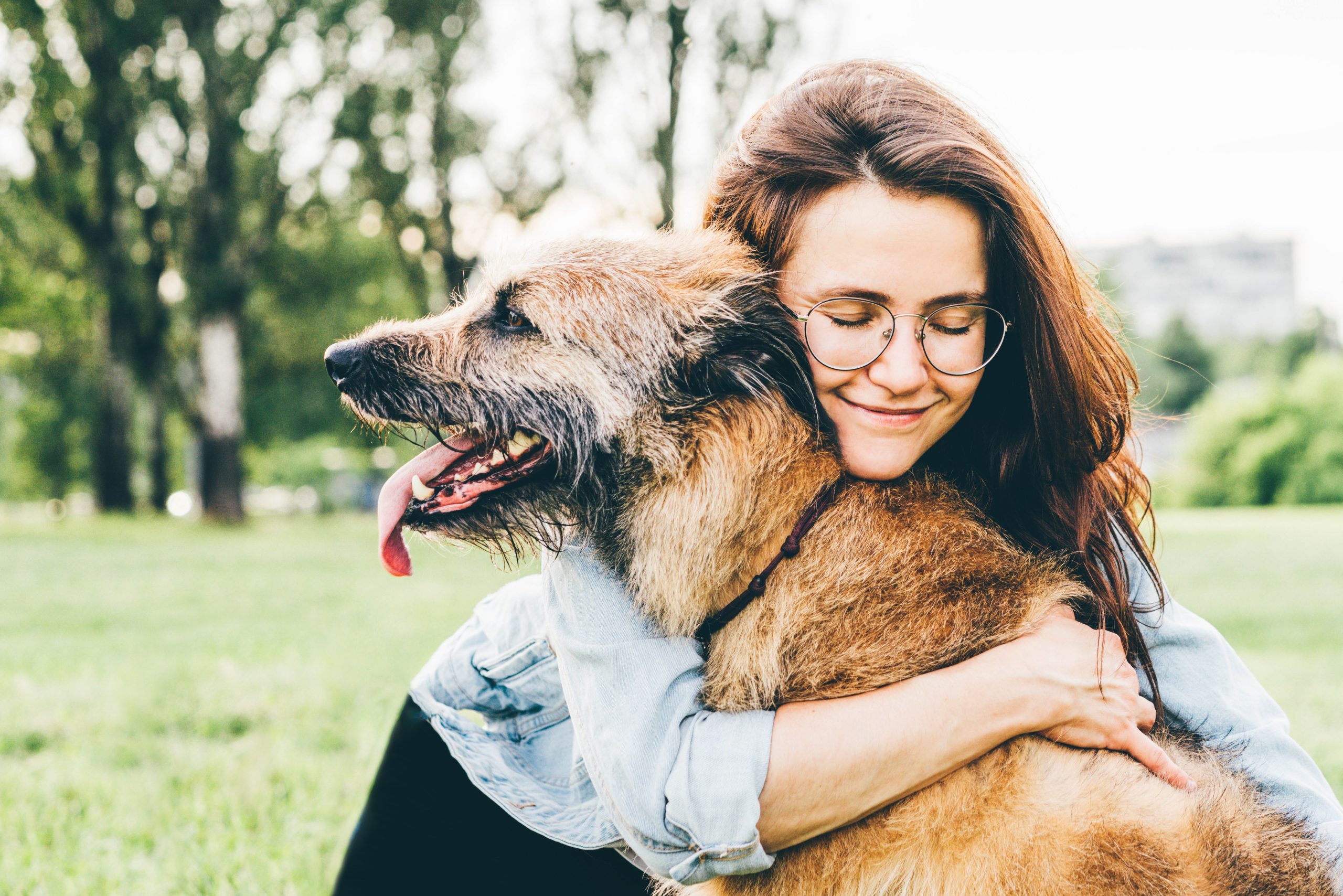Looking after Senior pets (Part one of a 2 part guide)

It is inevitable that our furry friends will get older, and we all want to look after them the best we can. Given the average lifespan of a dog is 12 years old, and cats around 13, it is very likely that older animals will require veterinary attention. This blog will cover some of the most common conditions that affect our senior pets and how we can best help those animals that suffer with them.
Osteoarthritis
What is it?
Osteoarthritis is a painful condition of the joints, also known as degenerative joint disease. It has been estimated to affect around 1 in 5 dogs and cats in the UK and, while it can affect pets of any age, it is far more prevalent in the senior population, generally due to wear-and-tear of the joints over the years. It is particularly common in the hips, elbows and shoulders. Some breeds of dog, such as Labradors, golden retrievers and German shepherds, will be far more pre-disposed to the condition. You may notice that your pet is ‘slowing down’ – dogs may be slower on walks, and cats may not want to jump as much as they did before. They may also limp or seem stiff.
What can we do?
Looking after an animal with arthritis generally involves good management of the disease to slow down progression – unfortunately, it cannot be cured. Consider the following:
- Alter their exercise regime à start taking your dog on shorter walks and continue to monitor how much they can cope with
- Make changes within your home à if you have slippery floors think about putting down rugs, limit access to stairs, and ensure your pet has a warm, comfortable bed to lie in
- Pain medication
- Hydrotherapy, physiotherapy and acupuncture
Your vet should be happy to discuss your pet’s management plan, and will guide you as to most appropriate options for them, particularly when looking to start any medication.
Dental disease
What is it?
We all know how painful tooth ache and gum problems can be. Just like us, if our pets’ teeth aren’t cared for properly, plaque and tartar can build up, and they can develop painful gum disease, and even lose teeth. This can partly be due to general wear-and-tear over the years, but may be worse if the teeth have never been looked after! Cats can also be affected by Feline Odontoclastic Resorption Lesions, where, over time, tooth roots can be completely destroyed.
You may notice your pet has very smelly breath, is drooling excessively, and may even be struggling to eat their normal food.
What can we do?
If you are concerned about your pet’s teeth, do talk to your usual vet. They may recommend that your pet has a dental – this means having a general anaesthetic so that a full mouth examination can be performed, and the teeth can be thoroughly cleaned. It may also be necessary to take x-rays and even remove teeth. This is all done with the aim to keep your pet comfortable and pain free!
It is always recommended to start taking care of your pet’s teeth from a young age. Brushing is the most effective, but dental chews can help somewhat.
Kidney disease
What is it?
Kidney failure is particularly common in cats but can sometimes be seen in dogs. The kidneys are made up of millions of tiny functional units called “nephrons”, that all work to process waste products the body produces. Over time, these units can gradually stop working to the point that the remaining ones are not able to perform efficiently, so waste products build up in the blood, rather than being excreted as normal.
Common signs that may be suggestive of kidney failure include:
- Vomiting
- Inappetence
- Weight loss
- Foul-smelling breath
- Poor coat quality
What can we do?
If you notice any of these signs, do contact your vet to arrange further investigations. This might include blood tests, urine tests and imaging. Management will be dependent on the stage of disease, which they will guide you through.
In conclusion…
It can be overwhelming to think about all the things that could happen as our animals get older. You may find you need to visit your vets more often, and regular check-ups are recommended for senior pets, so conditions can be picked up in their early stages. Vets are there to ensure all pets live a happy and healthy life, and that is even more important in their golden years.
When an aging pet becomes less comfortable, less able to cope with their condition and their quality of life declines, we’re here to help you decide whether it’s the right time to offer them a peaceful goodbye.
Cloud 9
To ensure accuracy, a professional vet has reviewed and verified the information presented in this article. It is important to note that when it comes to making decisions about euthanasia for your pet, there are no easy answers. It is always recommended to seek advice from your own veterinarian before making any decision.


